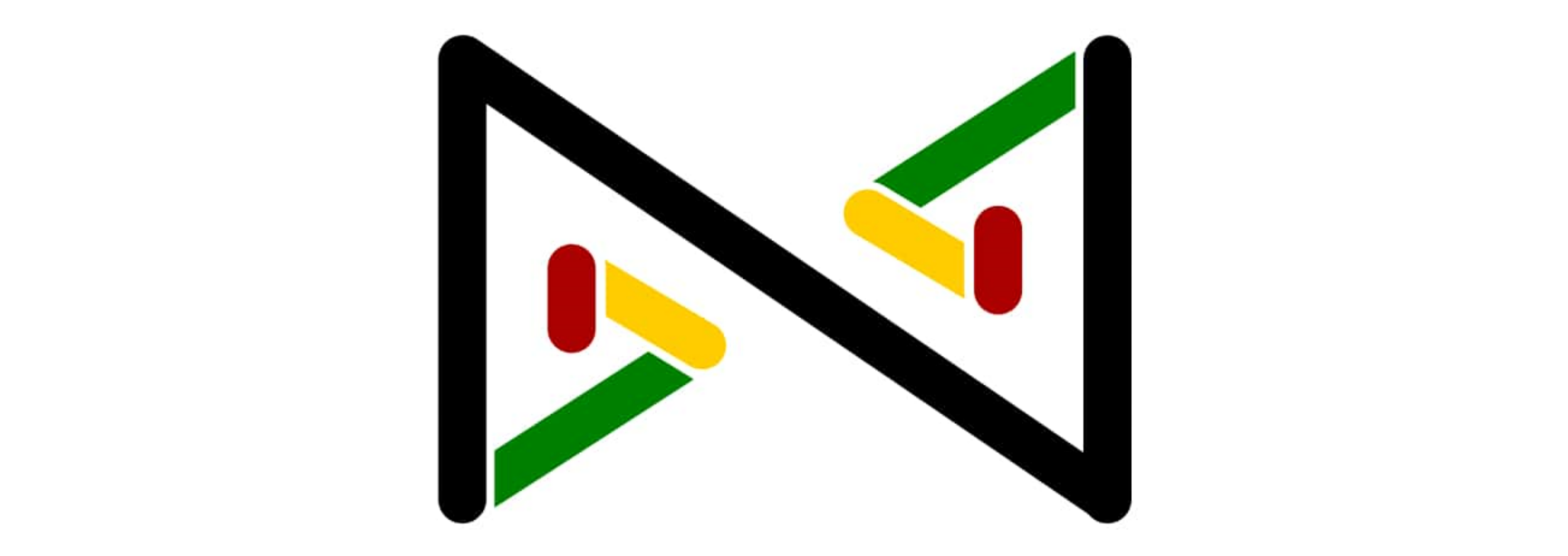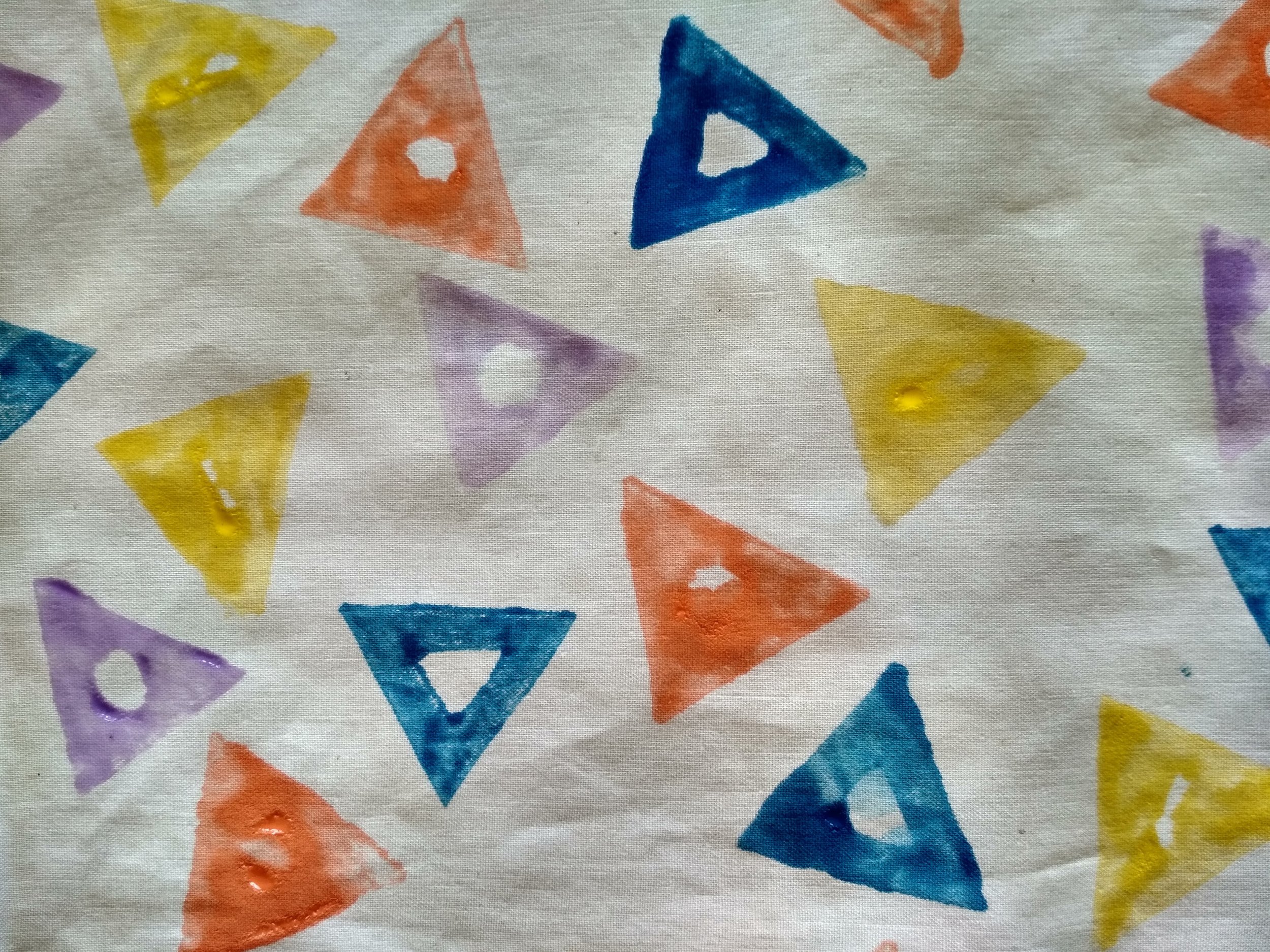Future Thinking at Zimbowties
At Zimbowties all of our eye-catching, one-of-a-kind bow ties are handmade from offcuts of colourful fabrics that come from all over Africa. We get these offcuts from local tailors who are using the fabric to make anything from dresses to pillowcases.
Marjorie, one of our talented tailors, making a bow tie from fabric offcuts.
Using offcuts means that we rarely can make more than 1 or 2 products from the same print of the fabric. Also, due to the nature of the patterns on African fabrics, each item we do make from the same offcut usually turns out quite different from its sister making all of our products one-of-a-kind.
A one-of-a-kind Zimbowtie, handmade from upcycled offcuts
Because we don’t actually design the fabrics we’re upcycling we’re all too aware that there is the possibility of another company randomly getting a similar piece of fabric to make their own bow ties. So while we’re pretty happy for there to be more bow ties in the world, we would love to be able to ensure that our customers are always getting one-of-a-kind products as we feel this is a unique selling point for us.
So how do we make this happen? Well, we would need to create our own unique fabrics and with all the artistic talent in Zimbabwe, we feel that this shouldn’t actually be too hard to accomplish.
How to make fabric?
We, unfortunately, don’t have the capital to build our own massive textile factory in Zimbabwe just yet, so to start out we’re experimenting with different techniques of making textiles by hand.
We’re using plain scraps of fabric to do this as there is also a plentiful supply of them from our local tailors and so we’ll still be able to help reduce waste.
Covering fabric with a sadza (porridge/grits) resist to make a batik
The first method we’ve experimented with is creating batiks using maize-meal porridge. This is a popular technique for hand dying fabrics in Zimbabwe.
The final batik after dying and removing the dried porridge
After painting a pattern onto the fabric with the porridge you let it dry and then paint on your dyes. The dried porridge “resists” the dyes and the original fabric colour is revealed beneath it once the dried porridge is peeled off.
Cutting out potato stamps for printing
Another popular method of creating textile designs in Zimbabwe with the resources available is potato printing. To do this we cut out potato stamps which we then dipped in fabric paints before stamping onto our fabric offcuts.
Potato prints on plain fabric offcuts
Results
What we’ve found so far is that handmaking our own fabrics is really fun and has some awesome results, but we may have to find some local artists to work with if we are going to be able to produce enough to keep up with our own demand. I’m really excited to see where these sorts of collaborations might lead us.
Linking up with different designers in Zimbabwe might lead to some interesting results in the future
Visions of the Future
In Zimbabwe, we used to have some great fabrics being manufactured locally but with the disintegration of our economy, the only producers existing are small scale (but still excellent. Check out Kudhinda and Mint Collection as two examples). It’s a dream for us at Zimbowties to explore how we might one day produce eco-friendly fabrics that we could use not just for our products but also sell to other Zimbabwean companies.
We think there are two ways this might be possible on a large scale.
To use and eventually create fabrics from recycled plastic waste. This is already been done by companies such as Thread International.
To explore producing more sustainable fabrics in Zimbabwe that use far lower amounts of water than cotton examples being hemp, bamboo or maybe even the indigenous plant kenaf that’s been used in Africa for thousands of years.
We’re a long way off of any of these visions of the future but we like to keep them in mind so we always have something to be moving towards. Who knows? One day we might get there!







